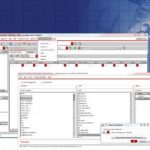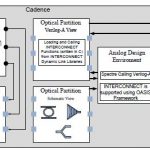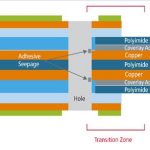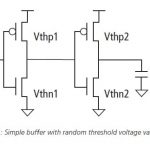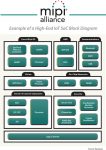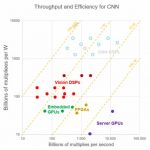Cadence Design Systems is a long-standing provider in hardware emulation, but a relative newcomer to FPGA-based prototyping. In an upcoming lunch and learn session on November 11 in San Jose, Cadence teams will be outlining their productivity strategy. What’s different with their approach and why is this worth a lunch?… Read More
Tag: cadence
Making your AMS Simulators Faster (webinar)
I’ve been following Cadence Design Systems ever since it was formed in 1988 by the merger of SDA Systems and ECAD, Inc. At that time I was working at Silicon Compiler Systems, soon to be acquired by Mentor Graphics. ClioSoft is another company that I’ve known about for several years now, mostly for their design management… Read More
You’re Going to Want to Attend the Cadence Photonics Summit Workshop, October 19-20
Photonics IC’s (PIC’s) are used to transmit and receive data through a (single-mode or multi-mode) optical fiber carrier, and provide the requisite electro-optical conversion for system integration. The architecture of the PIC spans the full characteristics of data transmission and reception:
- light generation
Typically,… Read More
"Rigid-Flex Design is Coming"
Printed circuit boards that incorporate a combination of traditional PCB technology with flexible substrates, aka rigid-flex designs, have enabled an increasing variety of product designs, that leverage the unique physical form factor and lightweight options that rigid-flex technology offers. Yet, this technology requires… Read More
Solutions for Variation Analysis at 16nm and Beyond
Variation is still the tough nut to crack for advanced process nodes. The familiar refrain of lower operating voltages and higher performance requirements make process variation an extremely important design consideration. As far back as the early 2000’s design teams have been looking for a better approach to model variation… Read More
MIPI DevCon 2016: Opened to non-MIPI Members!
The MIPI Alliance was founded in 2003 by large IDM to standardize chip-to-chip interfaces in the wireless phone (mobile) segment. The various MIPI specifications (CSI, DSI, DigRF and many more) have been adopted by the application processor chip makers (usually large IDM or fabless, like Intel or Qualcomm initially and many … Read More
IC and System Design for Mobile and Wearable Devices!
The Linley Mobile and Wearable Conference is coming up so let’s take a look at what is in store for us. Bernard Murphy, Tom Simon, and I will be covering the event live for SemiWiki and we will also be doing a book giveaway/signing for our new “Prototypical” book (compliments of S2C Inc.) during the networking event on Tuesday evening.… Read More
10 signs on the neural-net-based ADAS road
Every day I read stuff about the coming of fully autonomous vehicles, and it’s not every day we get a technologist’s view of the hurdles faced in getting there. Chris Rowen, CTO of Cadence’s IP group, gave one of the best presentations I’ve seen on ADAS technology and convolutional neural networks (CNNs) at #53DAC, pointing… Read More
IC Designers talk about 28nm to 7nm challenges at #53DAC
IC design challenges are different at advanced nodes like 7nm, so to learn more about the topic I attended a panel luncheon at DAC sponsored by Cadence. The moderator was both funny and technically astute, quite the rare combination, so kudos to Professor Rob Rutenbar, a former Neolinear guy now at the University of Illinois. Panelists… Read More
ARM sets up quagmire-free ecosystem for IoT
Wandering around DAC this week, I found much of the discussion focused on the EDA community being at an inflection point. How do we get more design starts from new places with new ideas without jeopardizing existing business? It’s not as simple a transition as it sounds.… Read More



